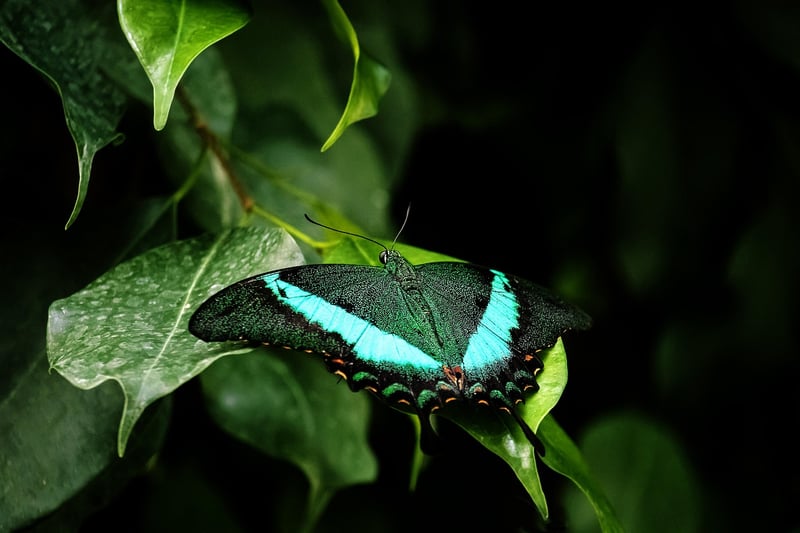Plant Identification
Ethical Gathering Practices for Plant Identification
Exploring the natural world and identifying various plant species can be a rewarding and educational experience. However, it is essential to ensure that these activities are conducted in an ethical and sustainable manner to protect our environment for future generations.
Why Ethical Gathering is Important?
Responsible gathering practices help preserve the delicate balance of ecosystems, prevent overharvesting of plant species, and maintain biodiversity. By following ethical guidelines, we can enjoy nature while minimizing our impact on the environment.
Tips for Ethical Plant Identification:
- Obtain Permission: When exploring private or protected lands, always seek permission from landowners or relevant authorities before collecting plant specimens.
- Leave No Trace: Practice Leave No Trace principles by not disturbing wildlife, habitats, or other plants while identifying and collecting specimens.
- Take Only What You Need: Avoid overharvesting by collecting only a small sample of plants for identification purposes. Leave the majority of the plant undisturbed in its natural environment.
- Respect Protected Species: Be aware of endangered or protected plant species in your area and refrain from collecting or disturbing them.
- Learn Proper Plant Identification Techniques: Educate yourself on how to identify plants accurately to avoid mistakenly collecting rare or protected species.
Resources for Plant Identification:
There are several tools and resources available to help you accurately identify plant species:
- iNaturalist - A community-powered platform for identifying and sharing observations of plants and wildlife.
- PlantNet - An app that uses image recognition technology to identify plants based on photos taken with your smartphone.
- The Spruce Plant Identification Apps - A list of various mobile apps designed to help you identify plants in the field.
Remember to Document and Appreciate Nature
While engaging in plant identification activities, remember to take photos, notes, and sketches to document your findings. Appreciate the beauty and diversity of the natural world while treading lightly and respecting the environment.

By following ethical gathering practices and using resources responsibly, you can enhance your plant identification skills while contributing to the conservation of our natural environment.
